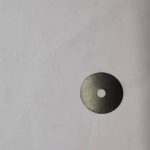Stainless steel sheet etching is a common manufacturing method that can be used to make various microstructures and high-precision parts. The following is the whole process of its processing:
Prepare workpieces and materials
Before etching, you need to prepare materials and tools such as stainless steel sheet, resist, etching solution, etc. The stainless steel sheet can be flat or curved, and it is selected according to the needs. The type and concentration of resist and etching solution will also vary depending on the processing requirements and materials.
Coating resist
Clean the surface of the stainless steel sheet and then apply a layer of resist. The function of the resist is to protect the parts that do not need to be etched to prevent the etching solution from damaging them. The resist can be a colloid or a film, and it is selected according to the needs. When applying the resist, make sure it is evenly distributed to avoid bubbles or falling off.
Exposure
Put the stainless steel sheet coated with resist in the exposure machine, and polymerize the resist under the mask by irradiating it with ultraviolet rays or electron beams. The mask is a film with a pattern that can protect the parts that do not need to be etched. During the exposure process, the exposure time and the intensity of the light source need to be adjusted according to the required pattern and accuracy.
Development
Put the exposed stainless steel sheet into the developer, the unpolymerized resist will be gradually washed away, and the polymerized resist will remain on the surface of the metal sheet. The type and concentration of the developer will also vary depending on the resist. During the development process, the time and temperature need to be controlled to ensure the integrity and accuracy of the pattern.
Etching
Put the developed stainless steel sheet into the etching machine, and the metal part protected by the resist will be gradually corroded by the etching solution. The type and concentration of the etching solution will also vary depending on the material. During the etching process, factors such as temperature, etching time, and concentration of the etching solution need to be controlled to ensure the quality and accuracy of the final product.
Degumming
After etching, the resist remaining on the surface of the metal sheet is removed. This step is usually completed using organic solvents or heating. During the degumming process, factors such as time and temperature need to be controlled to ensure clean removal without damaging the metal sheet.
Cleaning and inspection
Wash the stainless steel sheet metal after degumming to remove impurities and residues on the surface. Then check it. If there are any places that need to be corrected, you can perform etching or photolithography again. Finally, perform quality inspection to ensure that the accuracy and quality of the product meet the requirements.
End
After completing all inspections and corrections, the stainless steel sheet metal etching process is over. This process can obtain high-precision microstructures, laying a good foundation for subsequent applications. At the end stage, materials need to be sorted and archived, and waste liquid and waste need to be properly handled.
In short, stainless steel sheet metal etching is a delicate and complex process that requires a high level of technology and strict process control to obtain high-quality products. In actual production, it is necessary to pay attention to the influence of various factors, such as material selection, preparation and use of anti-corrosive agents and etching solutions, temperature and time control, etc. Only by doing every link well can the quality and accuracy of the final product be guaranteed.
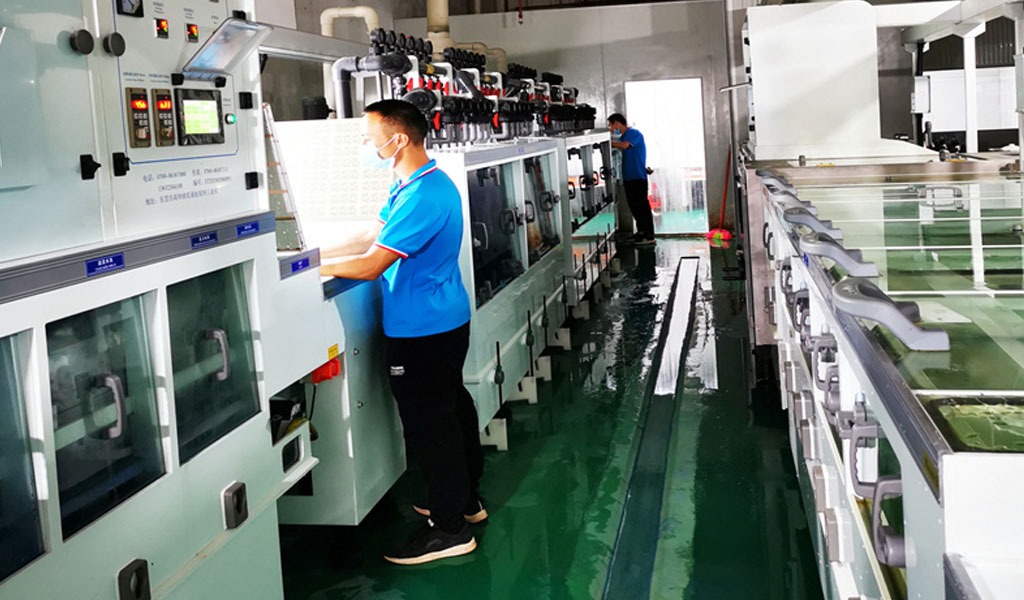
We Can Take Care Of Your Metal Etching Needs.
BE-CU metal etching china company’s strength lies in our investment in chemical etching production line. Chemical etching production line are the foremost innovation to the metal etching industry.
The programmability of Chemical etching production line gives us quick and accurate repeatability. This constant replication allows for better finishes, tighter tolerances and most importantly – faster cycles for metal forming.
By engaging our etching company, you can also get the much-needed support to design your part for any specific purpose. Our team can provide custom design tips, such as ensuring consistent wall thickness and avoiding overly thick sections that can sink.
Are you designing new products for projects companies? We can help! Here at BE-CU Metal Etching China Company, we offer a reasonably priced rapid metal etching service that will allow you to make an amazing prototype that will impress your clients. Get a free project review here so we can get started for your metal etching products!
- Photo Etching for Medical Use

- Photo Etching for Metal Sign
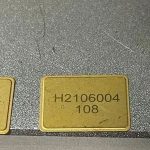
- Photo Etching for Jewelry

- Ferric Chloride Etching Stainless Steel
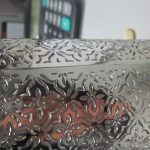
- The Best Acid for Etching Steel

- The Principle And Process Flow Of PCB Etching Machine

- In The Localization Of Wafer Foundry Equipment, Etching Machines Stand Out

- How Important is the Blind Hole Rate of Filter Screens?
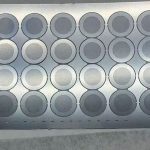
- The whole process of stainless steel sheet etching
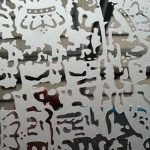
- What is the Role of Aperture Diaphragms in the Field of Optics?
